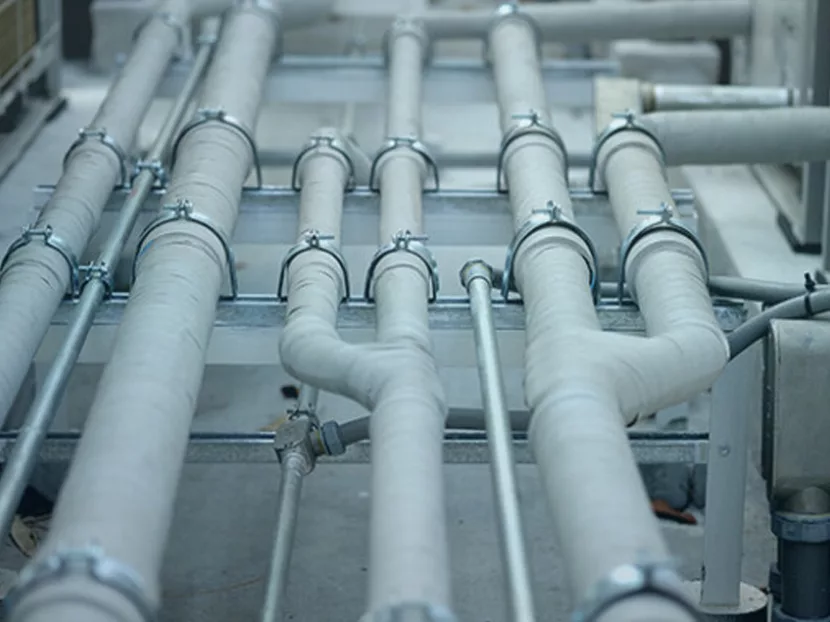Air pollution is among the leading causes of death worldwide, with 92 percent of the world’s population breathing air deemed unsafe by the World Health Organization. But while outside air pollution grabs most of the headlines, the air we breathe inside can be harmful as well. At qlair, we are working with large building automation companies to provide better air quality management solutions across the globe.
Recently, an international building automation system provider with more than 400,000 associates in 60 countries, and 125 engineering locations, needed to automate the air quality management in its buildings. The provider reached out to qlair, hoping to partner with us and test our air quality services in its Singapore location, with the end goal being to expand internationally and reduce the labor costs associated with facility management.
The qlair team wanted to see if our customer could begin to regulate the HVAC system based on air quality needs rather than on a set schedule. At qlair, we use artificial intelligence to interpret the air quality monitor data and provide actionable insights for HVAC systems and facility managers. Examples of actionable insights include determining the appropriate filters for your building and demand-driven ventilation based on what sort of pollutants and toxins enter your facility. These insights support building operators with predictive maintenance, automatic building control, efficient building usage, saving energy costs, and improving air quality.
Assessing the Ventilation System
Our customer was excited to begin testing, as it would improve building automation, save energy and money, and reduce the labor and headache for the facility managers.
We collected information about the building layout, predictive maintenance and ventilation schedule. Our team put a plan together to investigate the effects of the ventilation system on the air quality of the buildings. This included testing for unwanted levels of dangerous chemicals in the room and the air flow during various times of day. We also tested the fine dust (a.k.a. particulate matter) in the building, to determine if they had the proper filtration and looks for ways to manage the air system better.
What We Measured
To begin measuring, qlair installed certified air quality monitors that are able to detect the key components of airborne pollutants found throughout the world today. We began collecting information about harmful indoor and outdoor chemicals, which are present nearly everywhere that humans breathe. Some of these chemicals may create immediate threats (such as carbon monoxide) while many others are invisible and odorless carcinogens that cause greater long-term health effects. They include the following:
- Volatile Organic Compounds (15+ Chemicals like Benzene, Toluene and Isobutylene)
- Carbon Dioxide (CO2)
- Nitrogen Dioxide (NO2)
- Formaldehyde (CH2O)
We also measured indoor and outdoor fine dust PM 1, PM 2.5, and PM 10 micron. Particulate matter can be divided into two main categories: less than 2.5 microns in size (only visible by high-power microscopes) and between 2.5 and 10 microns in size (less than 15 percent the size of a single human hair). Together, PM 2.5 and PM 10 account for the visual aspects of air pollution and are especially dangerous because they are small enough to enter a human’s lungs.
Finally, we measured the temperature and humidity, both indoors and outside. This helped us look for potential mold conditions.
Our Findings
During operation hours, the ventilation system was on and the air quality level was within a healthy range. However, outside of operating hours, to save energy costs, the ventilation system was shut down. Based on our tests, we now saw that this caused elevated and unhealthy levels of fine dust in the room. The data showed that after turning the ventilation back on, it took a significant amount of time and energy to reduce the pollution and fine dust level in the room back to the acceptable healthy levels. This meant that on Mondays and Tuesdays employees were being exposed to high levels of fine dust.
This blog originally appeared on www.i-qlair.com. Follow this link to continue reading.





